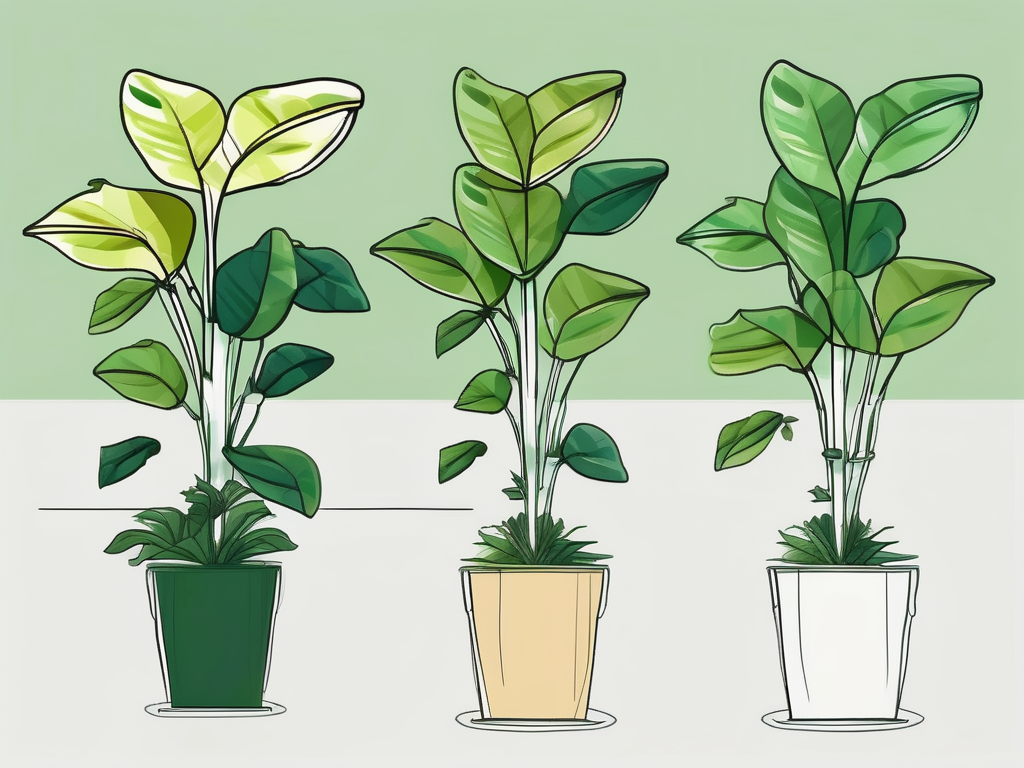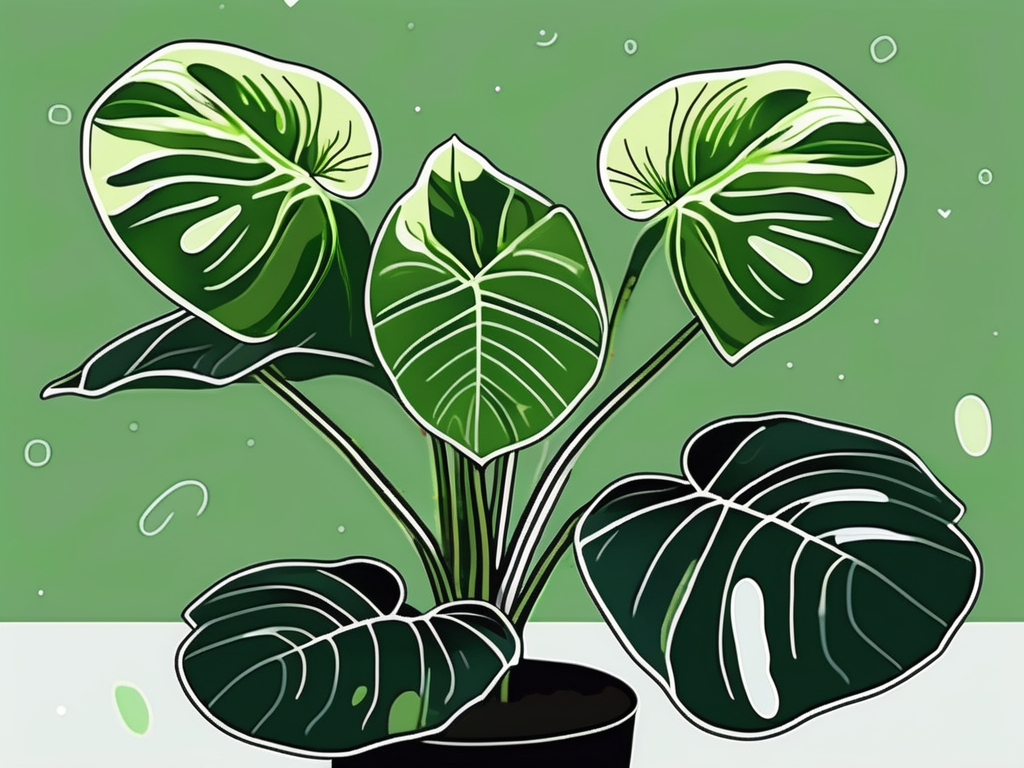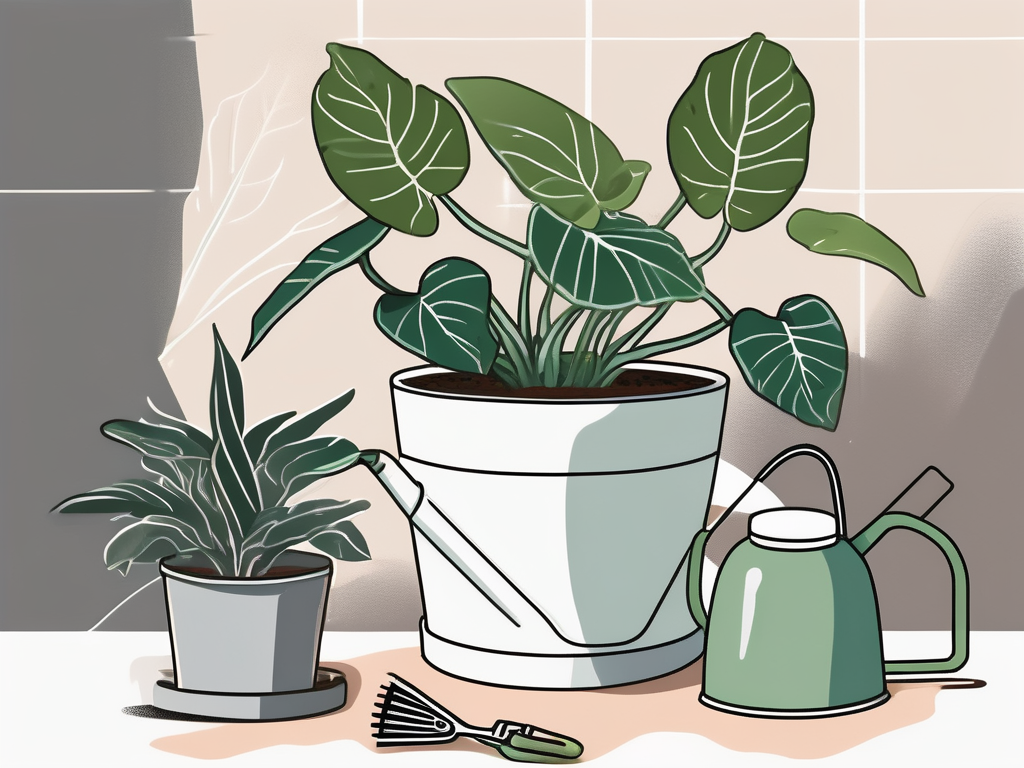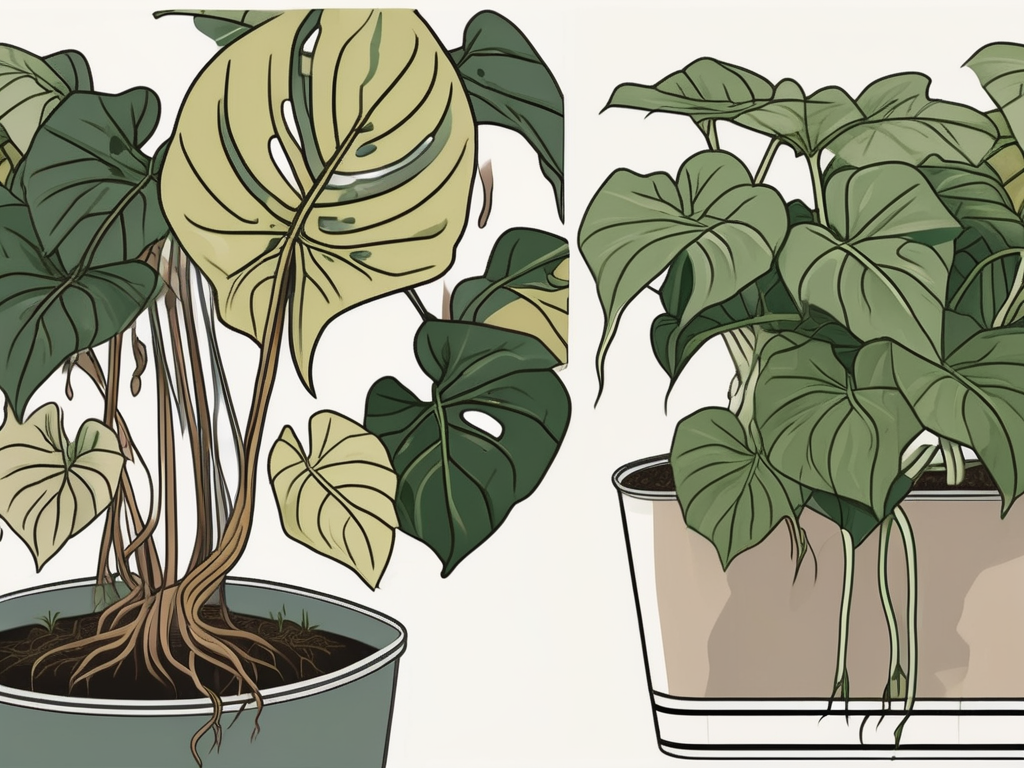
Philodendron Giganteum is a captivating plant that can transform any space with its impressive size and vibrant foliage. As its name suggests, this plant can grow to be quite large, making it an eye-catching addition to your home. It's perfect for creating that lush, tropical vibe many plant lovers aim for. Whether you're a seasoned plant parent or just starting to build your indoor jungle, understanding how to care for Philodendron Giganteum is key to helping it thrive.
In this guide, we'll cover everything you need to know to nurture your Philodendron Giganteum, from choosing the right pot to dealing with common pests. We'll also explore how you can incorporate this stunning plant into your home decor. Let's get started on this journey to help your Philodendron Giganteum grow healthy and strong!
Choosing the Right Spot
When it comes to choosing the right spot for your Philodendron Giganteum, light is a crucial factor. This plant thrives in bright, indirect light, which helps it maintain its lush green leaves and encourages steady growth. While it can tolerate lower light conditions, you might notice slower growth and less vibrant foliage. So, where should you place your Philodendron Giganteum?
- Near a window with filtered sunlight is ideal. North or east-facing windows usually work well.
- Avoid direct sunlight, as this can scorch the leaves, leaving unsightly burn marks.
- Consider using sheer curtains to diffuse harsh sunlight if necessary.
Interestingly enough, Philodendron Giganteum can adapt to varying light conditions, but it's always best to mimic its natural habitat as closely as possible. So, if you notice your plant looking a bit sad or leggy, try moving it to a brighter spot and see how it responds.
Potting and Soil Needs
Potting your Philodendron Giganteum correctly is just as important as finding the right spot for it. This plant loves well-draining soil, which allows excess water to escape and prevents root rot. But what exactly does that mean for you as a plant parent?
First, let's talk about soil. A good mix for Philodendron Giganteum includes:
- One part peat moss or coco coir for moisture retention and aeration
- One part perlite or pumice to improve drainage
- One part potting soil to provide essential nutrients
Now, about the pot. Here are some tips to keep in mind:
- Choose a pot with drainage holes to prevent waterlogging.
- Consider using a pot that's slightly larger than the root ball to allow room for growth.
- Repot your Philodendron Giganteum every couple of years, or when you notice roots growing out of the drainage holes.
It seems that finding the right balance between moisture and aeration is key. If you're unsure, you can always test the soil by sticking your finger an inch or two into it. If it feels dry, it's time to water. If it's still moist, give it a bit more time.
Watering Wisely
Watering your Philodendron Giganteum correctly is essential to its health and growth. Overwatering is a common mistake, leading to root rot and other issues. So, how do you strike the right balance?
Here's a simple guide to watering:
- Water when the top inch of soil feels dry to the touch.
- Ensure excess water drains out, and never let the plant sit in standing water.
- In the growing season (spring and summer), water more frequently as the plant's needs increase.
- In winter, reduce watering as the plant's growth slows down.
On the other hand, underwatering can also be a problem. You'll know your Philodendron Giganteum needs water if the leaves start to droop or the edges turn brown. Adjust your watering schedule as needed, and your plant will thank you with vibrant, healthy leaves.
Temperature and Humidity
Philodendron Giganteum, being a tropical plant, loves warm and humid environments. However, it can adapt to typical indoor conditions with a bit of help. Let's look at how you can create the perfect atmosphere for your plant.
Temperature:
- Keep your plant in a room with temperatures between 65-80°F (18-27°C).
- Avoid placing it near cold drafts or heating vents, as sudden temperature changes can stress the plant.
- If you feel comfortable, chances are your plant does too!
Humidity:
- Philodendron Giganteum thrives with humidity levels of 60% or higher.
- If your home is dry, consider using a humidifier or placing a tray of water near the plant to increase humidity.
- Misting the leaves occasionally can also help, but avoid overdoing it to prevent fungal issues.
While it's hard to say for sure, some plant people swear by grouping their plants together to naturally boost humidity levels. It's worth a try, and it certainly adds to the lush, jungle-like feel of your space!
Feeding Your Plant
Feeding your Philodendron Giganteum with the right nutrients can make a world of difference in its growth and appearance. But don't worry, you don't need to be a plant nutritionist to get this right. Just a few simple guidelines, and your plant will be well-fed.
During the growing season, from spring to early fall, feed your plant every 4-6 weeks with a balanced liquid fertilizer. Look for one that's diluted to half strength, as too much fertilizer can harm the plant. Here’s a quick rundown:
- Choose a balanced, water-soluble fertilizer (e.g., 20-20-20).
- Apply during watering to ensure even distribution.
- Reduce or eliminate feeding in the winter months when growth naturally slows down.
Interestingly enough, some plant lovers prefer using organic fertilizers like worm castings or compost tea. These can provide a gentle, slow-release source of nutrients without the risk of over-fertilizing. Try experimenting with different options and see what works best for your Philodendron Giganteum.
Pruning and Maintenance
Pruning your Philodendron Giganteum isn't just about keeping it looking neat. It's also essential for encouraging healthy growth and preventing disease. But don't worry, pruning this plant is a breeze!
Here's how to keep your Philodendron Giganteum in tip-top shape:
- Remove any yellow or dead leaves regularly to prevent the spread of disease.
- Trim back leggy growth to encourage a bushier appearance.
- Use sharp, clean scissors or pruning shears to make clean cuts.
- Wipe the blades with rubbing alcohol before and after pruning to prevent the spread of pests or disease.
On the other hand, Philodendron Giganteum doesn't require frequent pruning, so you can relax and let it grow naturally. Just keep an eye out for any signs of trouble, and you'll be able to enjoy your plant's beauty without much fuss.
Dealing with Pests and Common Problems
Even the most diligent plant parent can encounter pests and problems. But fear not! With a bit of knowledge and vigilance, you can protect your Philodendron Giganteum from common issues.
Pests to watch for:
- Spider mites: These tiny pests can cause webbing and stippling on leaves. Use insecticidal soap or neem oil to control them.
- Mealybugs: Look for white, cottony masses on leaves and stems. Wipe them off with a cotton swab dipped in rubbing alcohol.
- Aphids: These small, soft-bodied insects can be blasted off with a strong stream of water or treated with insecticidal soap.
Common problems:
- Yellow leaves: This could indicate overwatering or nutrient deficiency. Check your watering schedule and consider feeding your plant.
- Brown leaf edges: This may be due to low humidity or underwatering. Increase humidity levels and adjust your watering routine.
- Wilting or drooping: This could be a sign of root rot or underwatering. Check the roots and soil moisture to address the issue.
While no one likes dealing with pests or problems, it's all part of the plant parent journey. With a little patience and some troubleshooting, your Philodendron Giganteum will continue to thrive.
Decorating with Philodendron Giganteum
Now that your Philodendron Giganteum is thriving, it's time to think about how to showcase its beauty in your home. This plant can be a stunning focal point in any room, and its large leaves add a touch of the tropics to your decor. Here are some creative ways to incorporate Philodendron Giganteum into your interior design:
- Statement piece: Use your plant as a statement piece in a spacious living room or entryway. Its large size and vibrant foliage make it a natural conversation starter.
- Corner filler: Fill an empty corner with your Philodendron Giganteum, adding height and interest to the space. Pair it with a tall plant stand for an elevated look.
- Jungle vibes: Group it with other tropical plants to create a mini indoor jungle. Consider mixing different textures and heights for a more dynamic display.
Interestingly enough, Philodendron Giganteum's bold leaves can complement various interior styles, from modern to bohemian. Experiment with different placements and pairings to find the perfect fit for your home.
Propagating Philodendron Giganteum
Propagating Philodendron Giganteum is a rewarding way to expand your plant collection or share the love with friends. While it might sound intimidating, it's a straightforward process with a bit of patience. Here's how you can propagate your plant through stem cuttings:
Step-by-step guide:
- Select a healthy stem: Choose a stem with at least two nodes (the areas where leaves and roots grow).
- Make a clean cut: Use sharp, clean scissors or pruning shears to cut the stem just below a node.
- Prepare the cutting: Remove the lower leaves, leaving just a couple at the top.
- Root the cutting: Place the cutting in water or a well-draining potting mix. If using water, change it every few days to keep it fresh.
- Be patient: Roots should start to form in a few weeks. Once they're at least an inch long, transplant the cutting into a pot with soil.
While it's hard to say for sure, some believe propagating plants can bring good luck and positive energy. Whether that's true or not, it's undoubtedly a fun and satisfying way to grow your plant collection.
Final Thoughts
Caring for a Philodendron Giganteum might seem like a lot of work, but with a little knowledge and effort, you can enjoy its stunning beauty in your home. From choosing the right spot and soil to dealing with pests and propagation, we've covered everything you need to ensure your plant thrives.
At Cafe Planta, we're passionate about helping plant people connect with nature and each other. Whether you're looking for new plants, care accessories, or just some friendly advice, we're here to support you on your plant journey. Feel free to email us or reach out on Instagram. Let's grow together!
























